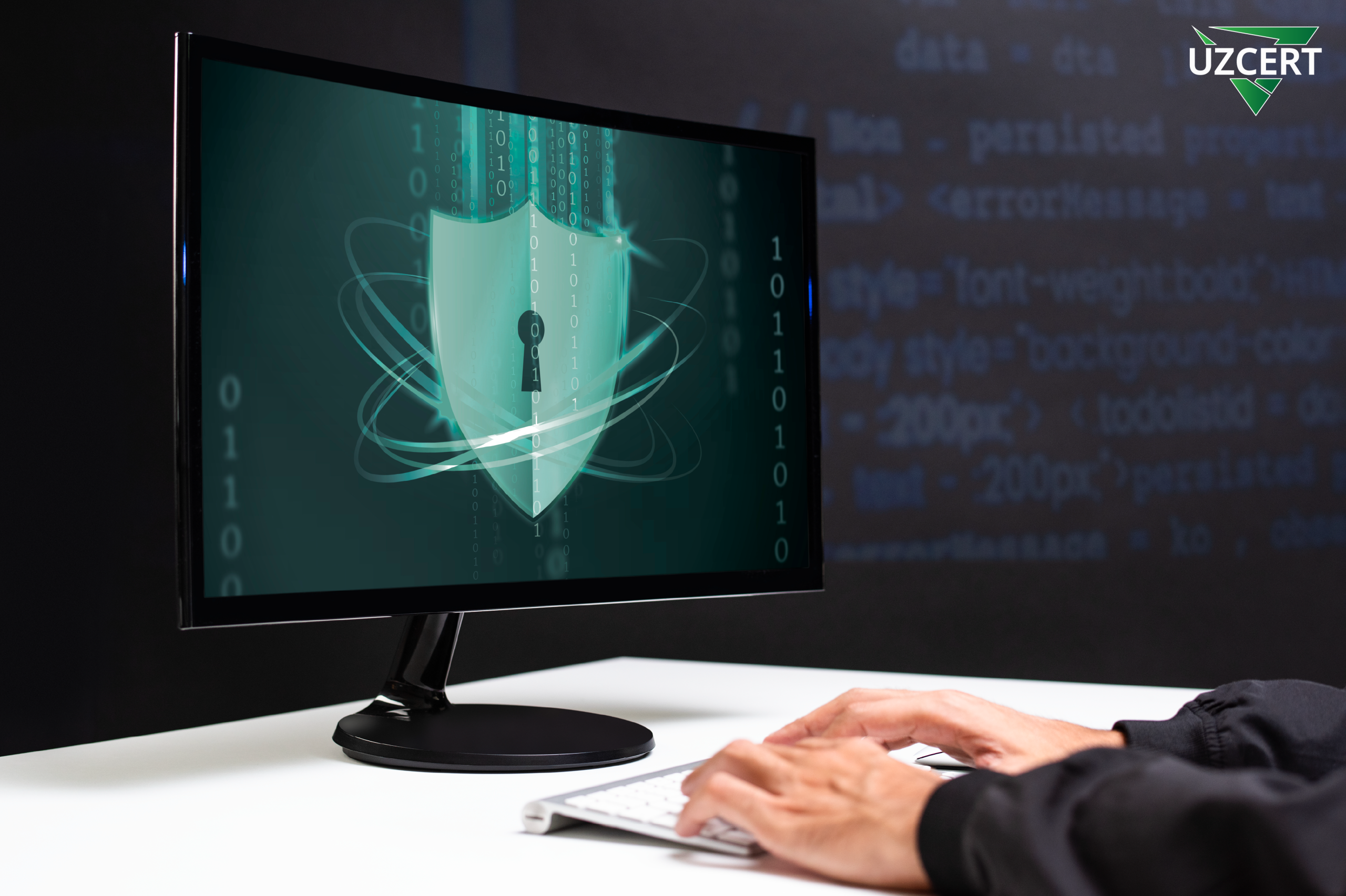
Early Threat Detection and Prevention: How IOC, IOB, and IOA Cybersecurity Indicators Work
In today’s digital landscape, cybersecurity has become a critical priority for organizations and individuals alike. Cybercriminals are deploying increasingly sophisticated methods, with unknown (zero-day) attacks, phishing campaigns, and state-sponsored cyberattacks on the rise. In this environment, security teams rely on advanced tools to detect threats early and respond swiftly. Indicators of Compromise (IOC), Indicators of Behavior (IOB), and Indicators of Attack (IOA) are pivotal in this effort. These indicators help identify various aspects of malicious activity, enabling organizations to protect their systems before significant damage occurs.
Cybersecurity indicators are data points or patterns used to identify ongoing or potential threats within systems. They empower security teams to monitor, analyze, and respond to malicious activity. IOC, IOB, and IOA each operate at different stages of an attack and in distinct contexts, making them a powerful trio when used together in cybersecurity.
1. Indicators of Compromise (IOC) – Digital Footprints of a Breach
IOCs serve as concrete evidence that a system has already been compromised. Often referred to as “forensic breadcrumbs,” they are analyzed post-incident. Common examples of IOCs include:
- Malicious file hashes (MD5, SHA-1, or SHA-256).
- Suspicious IP addresses or domain names.
- Anomalous changes in system logs (e.g., unauthorized file modifications).
- Unknown or malicious files (e.g., .exe or .dll).
Role of IOCs: They are reactive in nature, assisting security teams in confirming incidents, tracing the origin of an attack, and assessing the extent of damage. For instance, if traffic from the IP address “147.185.221.26” is detected and linked to a known phishing campaign, the security team can blacklist it to prevent future attacks.
Practical Applications:
- Blacklisting: Used in firewalls or SIEM systems to block known malicious IP addresses or domains.
- Honeypots: IOC-based traps are set up to monitor suspicious activity.
- Forensic Analysis: Employed to trace attack paths and evaluate damage after a breach.
Limitations: IOCs are static and can become obsolete as attackers frequently change domains, IP addresses, or file hashes. Their effectiveness relies on fresh, high-quality threat intelligence data.
2. Indicators of Behavior (IOB) – Hidden Patterns of Behavior
IOBs focus on identifying suspicious behavioral patterns within a system. They are based on the tactics, techniques, and procedures (TTPs) of attackers, making them effective for detecting unknown or evolving threats. Examples of IOBs include:
- Unusual login times (e.g., user activity at 3:00 AM).
- Sudden spikes in encrypted traffic.
- Unknown processes launching or attempting network connections.
Role of IOBs: They are geared toward proactive detection, enabling teams to identify an attack before it causes significant harm. For example, if a user typically logs in from a specific region but attempts are detected from another country, this is flagged as an IOB. IOBs are particularly effective against zero-day attacks, as they can detect suspicious activity even without known IOCs.
Practical Applications:
- Anomaly Detection: UEBA (User and Entity Behavior Analytics) systems analyze user behavior to identify unusual activity.
- Threat Hunting: Security analysts use IOBs to search for hidden threats within systems.
- Real-Time Monitoring: SIEM systems issue alerts for suspicious behavior.
Limitations: IOBs require analyzing large volumes of data and may lead to false positives when legitimate actions are mistaken for malicious ones. Machine learning and contextual analysis are essential to mitigate this issue.
3. Indicators of Attack (IOA) – A Strategic View of the Attack
IOAs focus on the objectives and methods of an attack, helping to intercept attackers at the early stages of the attack chain (kill chain). They address the “how” and “why” of an attack. Typical IOA examples include:
- A Word document spawning a PowerShell process.
- Detection of process injection.
- A user logging in from two different geographic regions within minutes.
- Suspicious lateral movement within a system (e.g., moving from one server to another).
Role of IOAs: IOAs provide a strategic approach, mapping attacker TTPs to frameworks like MITRE ATT&CK. This enables security teams to disrupt attacks during reconnaissance, infiltration, or data exfiltration stages. For instance, detecting port scanning activity can be flagged as an IOA, prompting action at the attack’s initial phase.
Practical Applications:
- Disrupting the Attack Chain: IOAs help identify threats at early stages (e.g., reconnaissance or lateral movement).
- TTP Analysis: Attacker tactics and techniques are analyzed and mapped to the MITRE ATT&CK framework.
- Proactive Defense: Used in security tools to block suspicious processes or network activity.
Limitations: IOAs require sophisticated analysis and advanced tools. For smaller organizations, accurately mapping TTPs can be challenging due to resource constraints.
IOC, IOB, and IOA function as complementary tools. Their combined use allows organizations to harmonize reactive and proactive cybersecurity strategies:
- IOCs are effective for detecting and blocking known threats. For example, blacklisting a known malicious domain prevents phishing attacks.
- IOBs are critical for identifying unknown threats. For instance, an unusual spike in traffic could indicate a zero-day attack.
- IOAs provide strategic insight into an attack’s objectives, enabling teams to halt it at early stages. For example, detecting suspicious PowerShell activity can stop an attack in its tracks.
When used together, these indicators offer a more comprehensive view of security. For instance, an IOC may identify a known malicious file, an IOB analyzes its behavior in the system, and an IOA reveals the attack’s broader intent.
The effectiveness of indicators depends on how they are implemented. Below are examples and tools:
- Threat Intelligence Feeds: IOCs are shared in formats like STIX, MISP, or OpenIOC. Security Operations Centers (SOCs) integrate this data into firewalls, IDS/IPS, or SIEM systems to block known threats.
- Sandbox Technology: Suspicious files are analyzed in secure environments using tools like ANY.RUN Interactive Sandbox, enabling real-time detection of IOBs and IOAs.
- Anomaly Detection: UEBA and SIEM systems identify unusual activity based on IOBs. For example, a user attempting to download large amounts of data at an unusual time triggers an alert.
- MITRE ATT&CK Framework: IOAs are analyzed by mapping attacker TTPs to the MITRE ATT&CK framework, aiding in understanding and stopping attacks.
- Threat Hunting: Security analysts use IOBs and IOAs to search for hidden threats, analyzing unusual processes or network connections.
Effective use of IOC, IOB, and IOA strengthens an organization’s cybersecurity strategy. Below are additional recommendations:
- Integrate Threat Intelligence: Use platforms like MITRE ATT&CK or VirusTotal to gather industry-specific threat data, aiding in the analysis of IOCs and IOAs.
- Automation: SOAR (Security Orchestration, Automation, and Response) systems automate routine tasks, allowing analysts to focus on complex threats.
- Employee Training: Train employees to recognize and report suspicious activity. Simulated phishing attacks enhance vigilance.
- Continuous Monitoring: Track network traffic, user behavior, and system logs in real time to boost the effectiveness of IOBs and IOAs.
- Red Team Exercises: Conduct regular “red team” tests to assess system resilience and identify vulnerabilities.
- Backups: Maintain regular data backups. In the event of an attack, backups are critical for recovery.
IOC, IOB, and IOA have become cornerstone elements of modern cybersecurity strategies. According to 2024 research, organizations leveraging these indicators significantly reduce threat detection times and mitigate breach costs. For example, companies using IOBs and IOAs achieved 25% higher efficiency in detecting zero-day attacks.
However, cybersecurity is an ever-evolving field, with attackers continually developing new methods. Organizations must combine IOC, IOB, and IOA with advanced technologies (machine learning, AI) and skilled professionals. In the future, these indicators will become more automated and context-driven, enabling faster threat detection.
IOC, IOB, and IOA are three critical pillars of cybersecurity, empowering organizations to detect, analyze, and neutralize threats. IOCs excel at blocking known threats, IOBs uncover unknown attacks, and IOAs reveal the strategic objectives of attacks. When used together, these indicators harmonize reactive and proactive defense strategies, elevating cybersecurity to new heights.
Cybersecurity is a race that demands constant vigilance and adaptation. As attackers test new methods, organizations must continually refine their defenses. Leveraging IOC, IOB, and IOA, combined with threat intelligence and advanced tools, prepares organizations for both today’s and tomorrow’s threats. 🔒 Detect threats today to fortify your security tomorrow.



